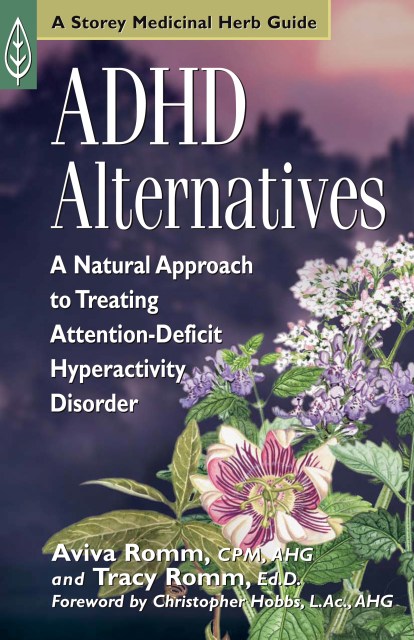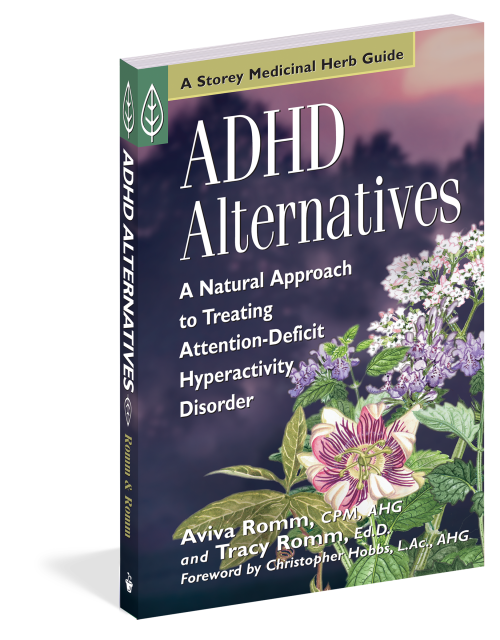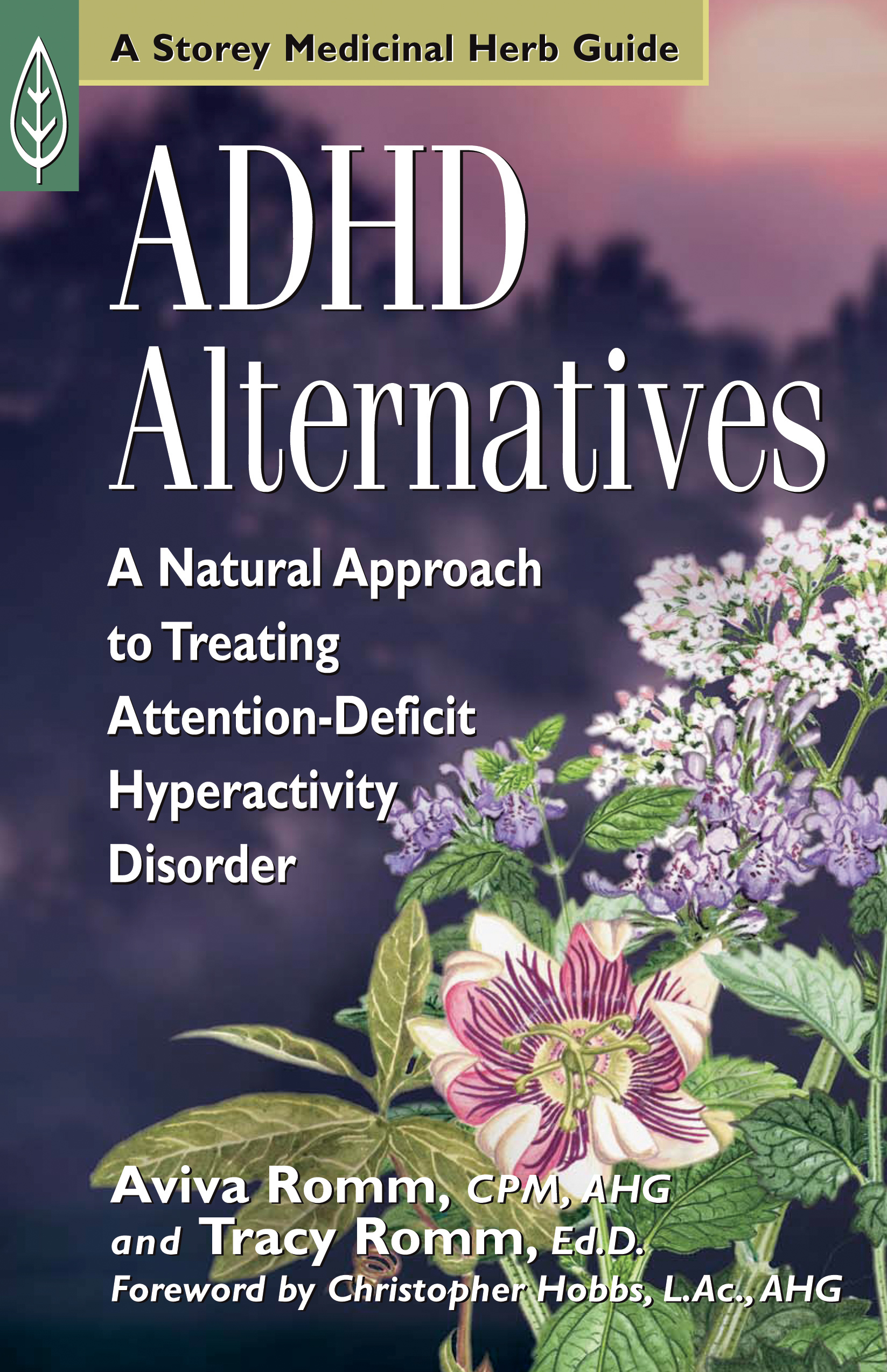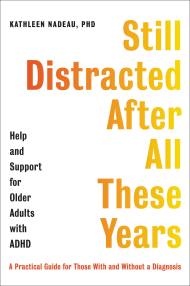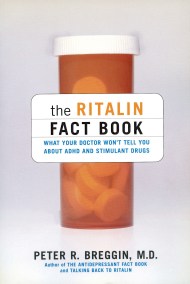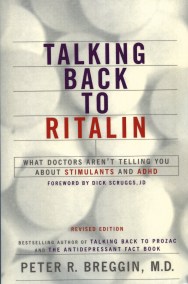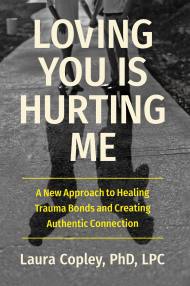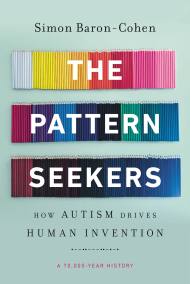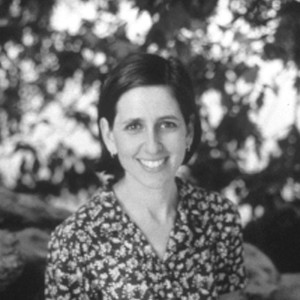Promotion
Use code MOM24 for 20% off site wide + free shipping over $45
ADHD Alternatives
A Natural Approach to Treating Attention Deficit Hyperactivity Disorder
Contributors
By Tracy Romm
Foreword by Christopher Hobbs
Formats and Prices
Price
$14.99Price
$19.99 CADFormat
Format:
- Trade Paperback $14.99 $19.99 CAD
- ebook $9.99 $12.99 CAD
This item is a preorder. Your payment method will be charged immediately, and the product is expected to ship on or around July 1, 2000. This date is subject to change due to shipping delays beyond our control.
Also available from:
Attention-deficit hyperactivity disorder (ADHD) is one of the most commonly diagnosed, and misdiagnosed, disorders in children. This guide focuses on the root causes of ADHD and offers a natural and holistic approach to combat the disorder, encouraging families to find solutions that don’t rely on psychostimulant drugs like Ritalin. Discover the many benefits of treating ADHD with a mixture of nutritional supplements, herbal medicines, and parenting techniques that foster self-esteem, creativity, self-discipline, and confidence.
Genre:
- On Sale
- Jul 1, 2000
- Page Count
- 160 pages
- Publisher
- Storey
- ISBN-13
- 9781580172486
Newsletter Signup
By clicking ‘Sign Up,’ I acknowledge that I have read and agree to Hachette Book Group’s Privacy Policy and Terms of Use
